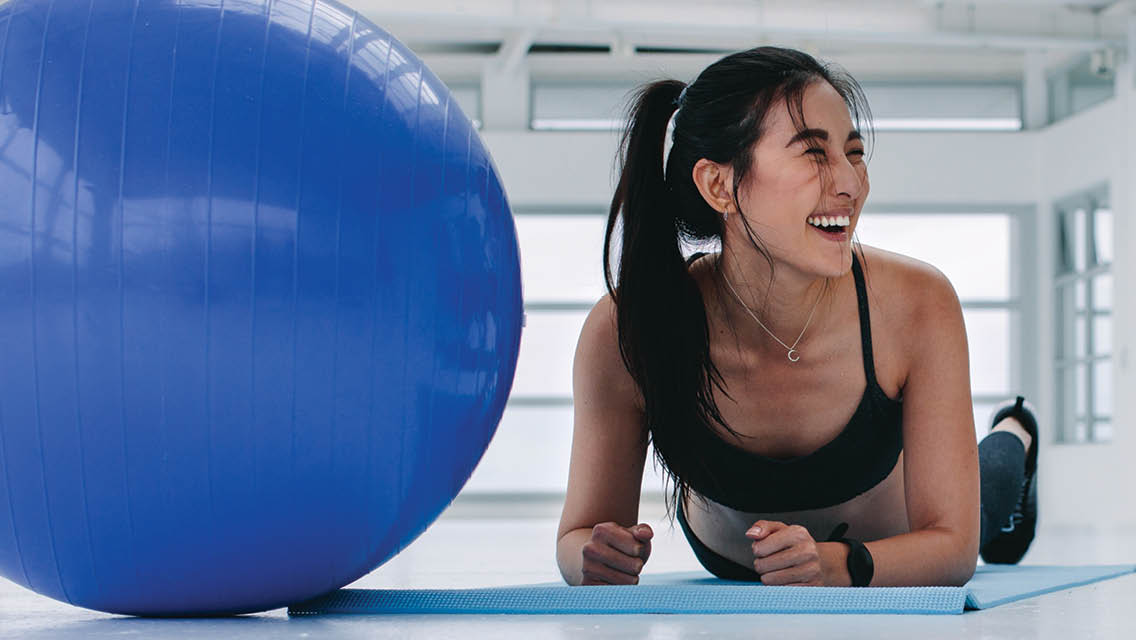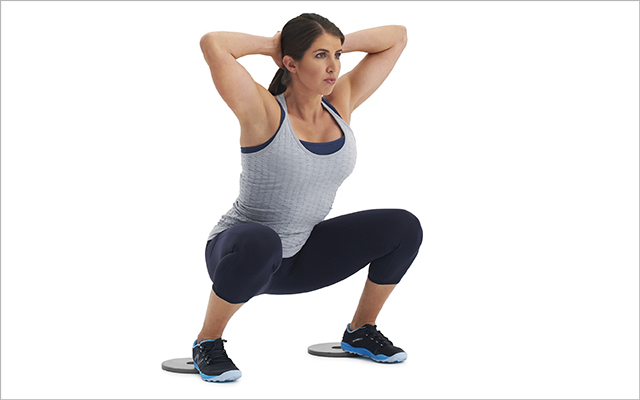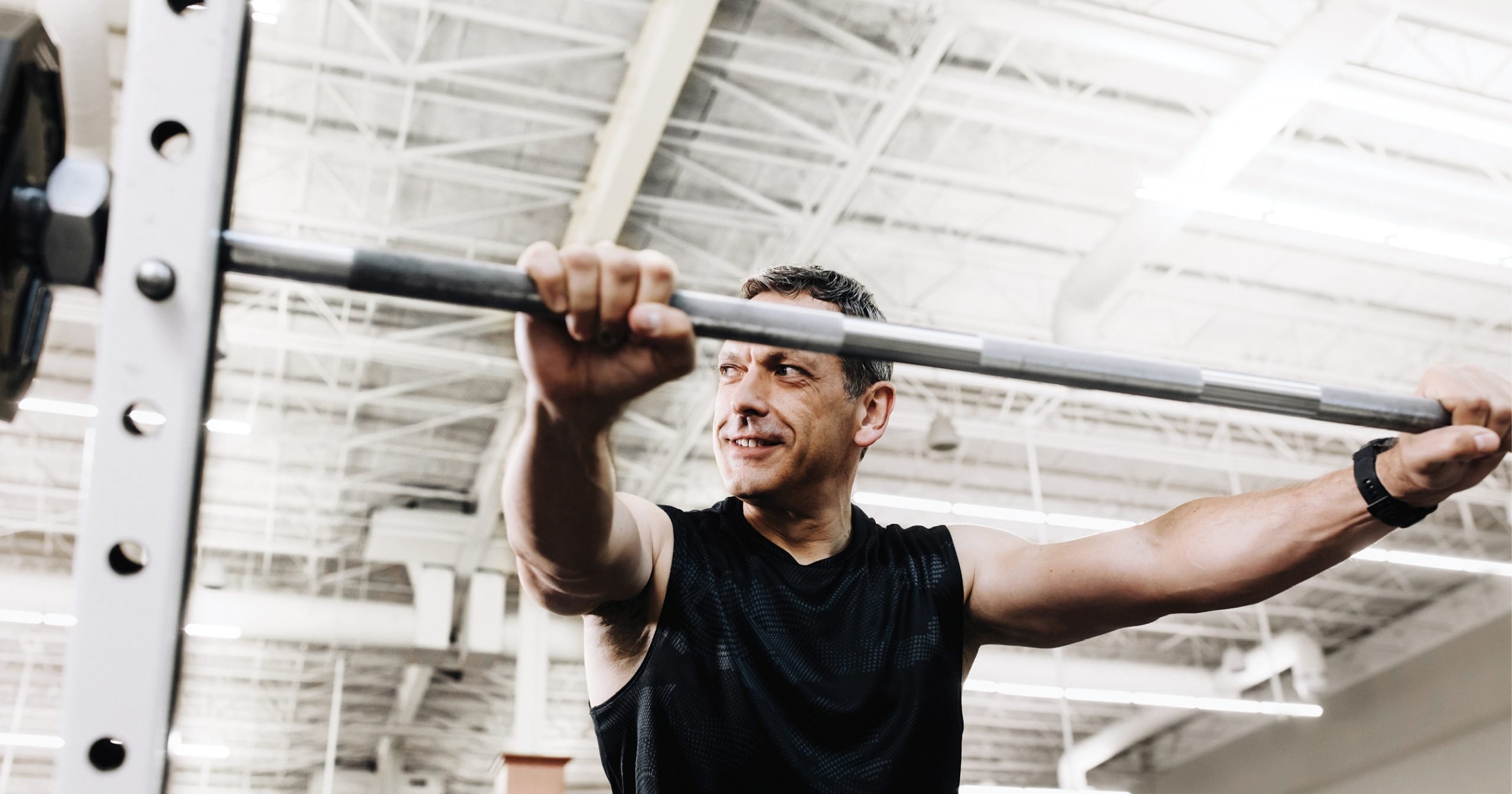Most of us will find ourselves in the “beginner” category of fitness more than once in our lives. You were a beginner the first time you picked up a pair of dumbbells, stepped into a gym, or tried a new exercise or sport. And if you’ve ever taken a lengthy break from training, you may have considered yourself a beginner when you resumed months or years later.
Whether you’re completely new to working out or are about to stage a comeback, owning up to your beginner status has its advantages. You can leave your ego behind, set realistic goals, and focus on developing sustainable habits that work for your lifestyle.
As with any unfamiliar undertaking, starting anew also means you’re prone to making mistakes. This expert advice can help you overcome some of the most common ones — and maybe even avoid them altogether.
1. Doing Too Much Too Fast
“The single biggest beginner mistake is making too many changes too fast. Going 100 miles an hour from day one puts a lot of stress on the body — and it’s not sustainable,” says Joel Jamieson, CSCS, a Seattle-based strength-and-conditioning coach and fitness educator.
If you’re newly inspired to get to the health club, try channeling your energy toward a narrower focus.
“The body likes small changes over time, versus very big ones all at once. Focus on one or two small things you can change,” suggests Jamieson. Take a daily walk, commit to a beginner-friendly strength program, or spend five minutes a day working on mobility. “Do one thing consistently until it becomes part of your lifestyle.”
2. Diving In Without a Plan
There are countless ways to get into fitness: You can hire a personal trainer, join a group or class, find reputable prefabricated programs online or in books, and follow fitness coaches on social media for inspiration and motivation. You can even start solo and see results, but experts agree that embarking on a new fitness journey all by yourself can set you up for an unsustainable routine.
Without previous experience or expert guidance, there’s a good chance of approaching exercise randomly and without awareness of your current needs. This may not only limit progress but derail you from consistent movement altogether.
“If you’re training on your own, you can make progress,” says Mark Schneider, CSCS, a Minneapolis-based strength coach who specializes in working with new exercisers and folks returning to fitness after injury. “But don’t get fooled into thinking it’s the best way.”
“A coach’s job is to make it as efficient as possible to move toward a goal,” says Schneider, noting that coaches come in many forms, ranging from an in-person personal trainer to an online expert. “The reality is, winging it is not necessarily the most efficient approach.”
These instructors can help you monitor form and technique and customize a program for you. If it’s not an option to hire a regular ongoing coach or personal trainer, consider enlisting an expert to at least help you get started, Schneider suggests. “Even having a single session will probably pay off in results a lot more than people think it will.”
And if it’s more feasible to choose a prefab workout plan, make sure the program is aligned with the goals you’ve set during this phase of your fit life. Steer clear of influencers who make lofty promises without getting to know you, and be wary of following a plan just because a friend, family member, neighbor, or coworker swears by it. Committing to take care of your unique body will help you find the right plan.
3. Skipping the Warm-up
“What I see often is that people don’t properly warm up their bodies before they start working out,” says Tatiana Lampa, ACSM, NASM, CES, CFSC-L1, a New York– and Florida-based personal trainer and certified corrective-exercise specialist. A solid prep session warms muscles, loosens tight spots that might inhibit range of motion, and activates muscles you’re going to use in your workout, she explains.
Consider your needs: Where are you experiencing tightness? What muscle groups do you plan to target in your workout? What activities do you enjoy?
A warm-up might include pedaling a stationary bike for 10 minutes, rolling out lats and quads with a foam roller, and activating glutes and core with bridges and dead bugs, she suggests. Mobility exercises and dynamic stretches such as cat–cow, hip openers, and thoracic-spine twists are also great choices; save the static stretches for your cool-down. (For our dynamic warm-up, visit “The Perfect Warm-Up“.)
4. Focusing on Body Composition Without an Activity-Based Goal
You might be driven to work out to lose 10 pounds, but experts advise finding an activity or event to help motivate your progress. “For beginners it really helps to set an event-based goal,” says Jamieson. “It keeps you focused on the training side of things versus getting on the scale. Exercise becomes the thing that allows you to accomplish something.”
“At the beginning, if you don’t have an outside activity to measure progress in, then you’re going to most likely flounder around in the gym looking for something you enjoy,” adds Schneider.
Real enjoyment might be playing with your kids, riding your bike, climbing a mountain, running a 5K, or competing in a weightlifting meet. “If you have a larger goal,” Schneider says, “your training becomes a part of that.”
5. Missing Out on Recovery
“After you stress your body with exercise, you want to do everything possible to get it back to normal,” says Jamieson. “The reality is you’re in the gym maybe one hour a day. But it’s the 23 other hours that determine the results of that hour.”
Lampa recommends stretching and foam rolling right after a workout as part of active recovery, and taking one or two rest days between strength workouts. Your off-days may include a walk, a massage, gentle yoga, stretching — anything that makes your body feel better afterward.
“If it feels relaxing, it’s recovery,” Jamieson notes. He urges beginners to consider other types of stress in their lives, such as lack of sleep or anxiety over a work project, and adjust recovery needs based on these factors as well. Hit the reset button with a recovery-enhancing workout, courtesy of Jamieson, at “Recover Like a Pro“.





This Post Has One Comment
[…] people neglect to warm up and cool down before and after exercising, which can lead to injury and soreness. Always take the time to warm up […]